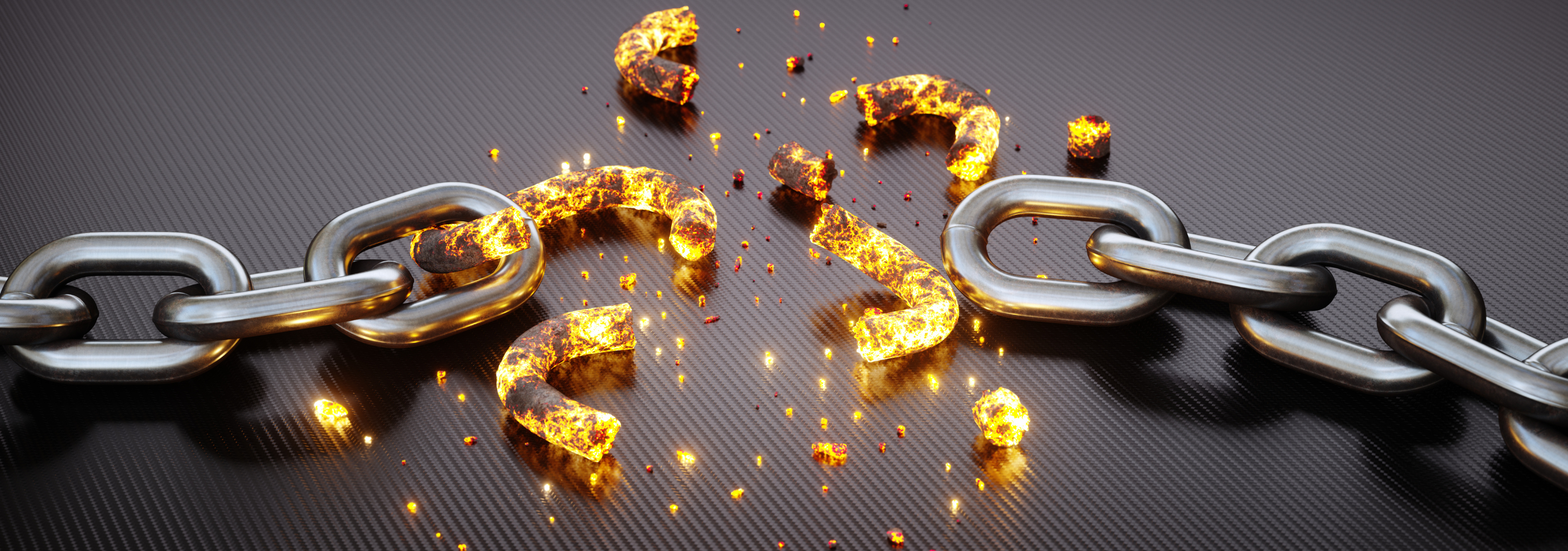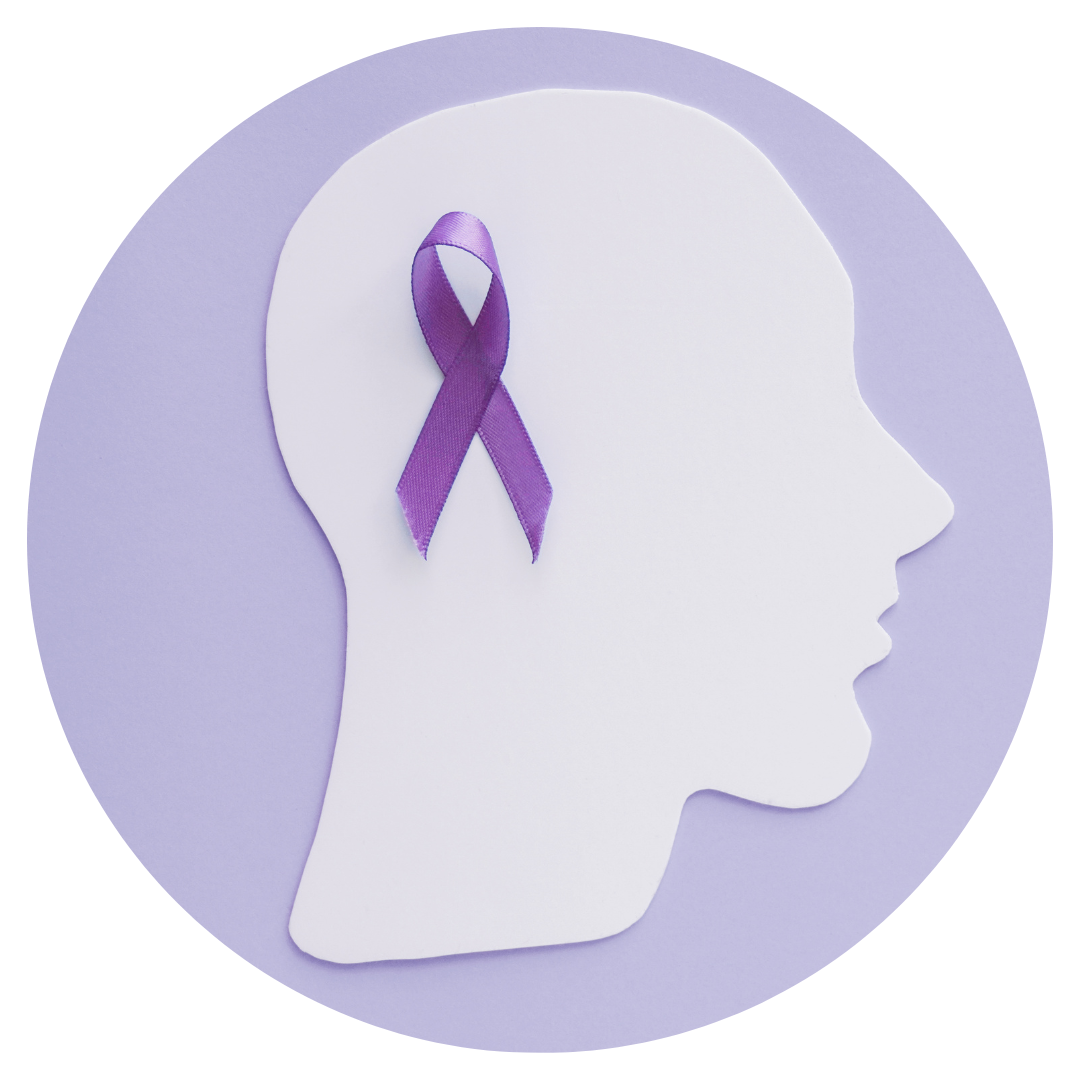BLOG
Living, healing and thriving after covert abuse.

JUNE 22 2023
What is Coercive Control?
Coercive control is a pervasive form of abuse that can leave lasting psychological and emotional scars on survivors. Unlike physical abuse, which may leave visible wounds, coercive control operates through a pattern of controlling behaviors that gradually restrict a person's autonomy, erode their self-esteem, and manipulate their perception of reality. Recognizing the gravity of this issue is crucial in order to provide support and resources to those affected. One organization that focuses on assisting survivors of coercive control is WomenSV, which offers specialized help tailored to the unique challenges faced by survivors.
Coercive control can be defined as a pattern of behavior that is employed by an abuser to assert dominance and control over their partner or victim. This form of abuse operates through various tactics, which may include isolation, intimidation, financial control, emotional manipulation, and surveillance. The abuser systematically undermines the survivor's independence, self-worth, and freedom of choice, often leaving them feeling trapped and powerless.
Unlike isolated incidents of control or arguments within a relationship, coercive control occurs repeatedly and tends to escalate over time. It can take place in any relationship, regardless of gender, sexual orientation, or socioeconomic status, although it is predominantly experienced by women.
Recognizing the signs:
Recognizing the signs of coercive control is crucial in identifying abusive relationships and providing support to survivors. Some common indicators include:
1. Isolation: The abuser may isolate the survivor from friends, family, and support networks, limiting their access to external resources and emotional support.
2. Monitoring and surveillance: The abuser may constantly monitor the survivor's actions, whereabouts, and communications, invading their privacy and creating a pervasive sense of fear and intimidation.
3. Emotional manipulation: The abuser may use tactics such as gaslighting, where they deny or distort the survivor's perception of reality, making them question their own sanity or memory.
4. Financial control: Coercive controllers often maintain control over finances, making the survivor financially dependent and limiting their ability to leave the relationship.
5. Threats and intimidation: The abuser may use threats, physical force, or verbal abuse to maintain dominance and instill fear in the survivor.
Resources for survivors:
Recognizing the need for specialized support for survivors of coercive control, organizations like WomenSV have emerged. WomenSV is a nonprofit organization dedicated to helping individuals who have experienced coercive control and covert abuse. Their mission is to provide a safe and supportive environment for survivors, offering comprehensive assistance and resources.
WomenSV provides survivors with connection to resources, support groups, and educational workshops. They understand the complexities and unique challenges faced by individuals experiencing coercive control and work towards empowering survivors to regain control over their lives.
In addition to organizations like WomenSV, survivors can also reach out to domestic violence hotlines, counseling services, and legal aid organizations to access further support.
Coercive control is a deeply harmful and pervasive form of abuse that affects countless individuals. By understanding the dynamics of coercive control and recognizing its signs, we can better support survivors and work towards ending this form of abuse. Organizations like WomenSV play a vital role in providing specialized assistance to survivors, helping them break free from the cycle of control and reclaim their lives. Together, through awareness, education, and support, we can create a society that prioritizes the well-being and safety of all individuals.
